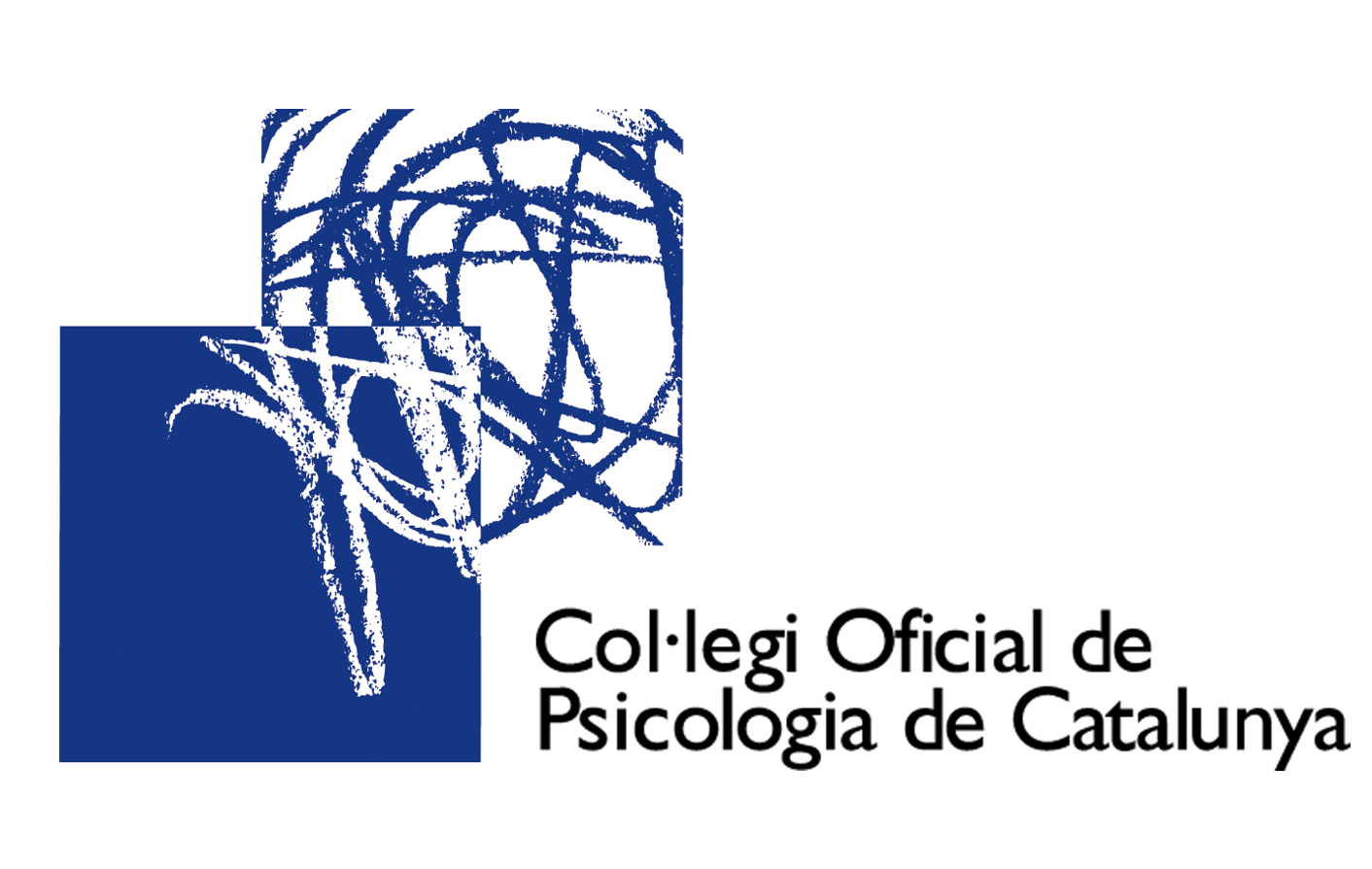Teoría del Apego en la Práctica Clínica
Revisión teórica y Recomendaciones
DOI:
https://doi.org/10.33898/rdp.v31i116.348Palabras clave:
teoría del apego, psicoterapia, estilos de apego adulto, alianza terapéutica, Relación terapéuticaResumen
Pregunta de revisión: ¿Cuáles son los últimos avances en la práctica psicoterapéutica desde la perspectiva de la teoría del apego y que recomendaciones clínicas sugieren?
Objetivo: Actualizar los conocimientos bibliográficos en relación con las posibles interacciones y/o asociaciones entre los diferentes estilos de apego adulto y la práctica psicoterapéutica teniendo en cuenta la importancia de la relación terapéutica y ofrecer así recomendaciones para la práctica clínica basadas en los últimos avances sobre el tema.
Metodología: Tras una búsqueda exhaustiva en diferentes bases de datos, se han excluido todos los artículos cuyo objetivo no fuera expresamente estudiar las relaciones entre el apego adulto y la terapia o psicoterapia individual de pacientes sin ningún trastorno específico y que fueran anteriores al 2009.
Resultados: En total 19 publicaciones cumplen con los criterios de inclusión y se analizan en una tabla que presenta sus títulos, autores y años, revista de publicación e impacto, tipo de estudio, resultados y principales conclusiones.
Conclusiones: Se proponen recomendaciones para la práctica clínica basadas en los últimos avances sobre el tema y se comentan las limitaciones y futuras reflexiones del presente estudio.
Descargas
Descargas
Publicado
Cómo citar
Número
Sección
Licencia
Derechos de autor 2020 Revista de Psicoterapia

Esta obra está bajo una licencia internacional Creative Commons Atribución-NoComercial 4.0.








